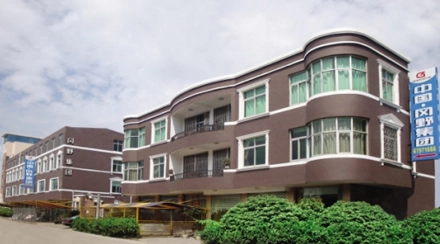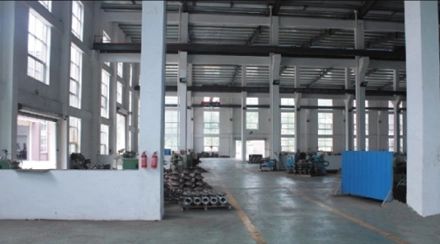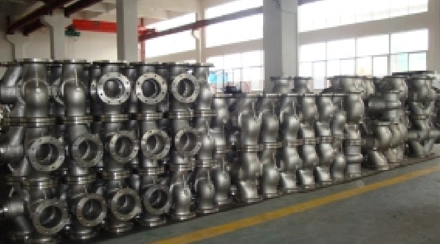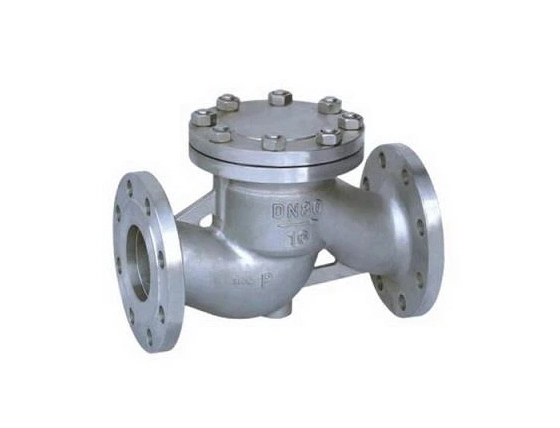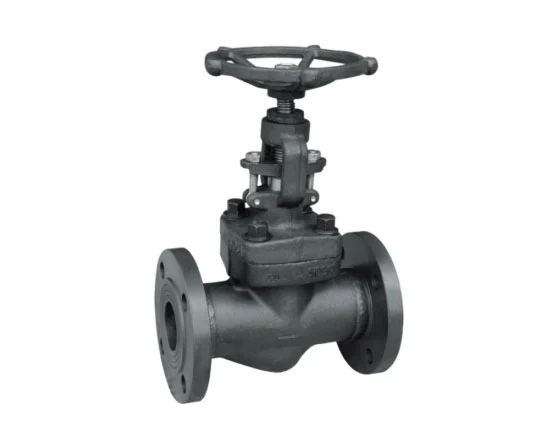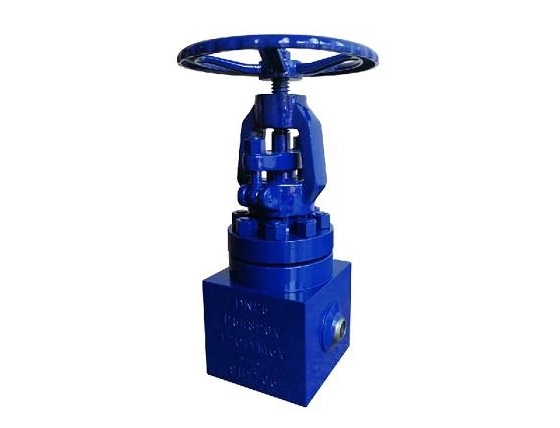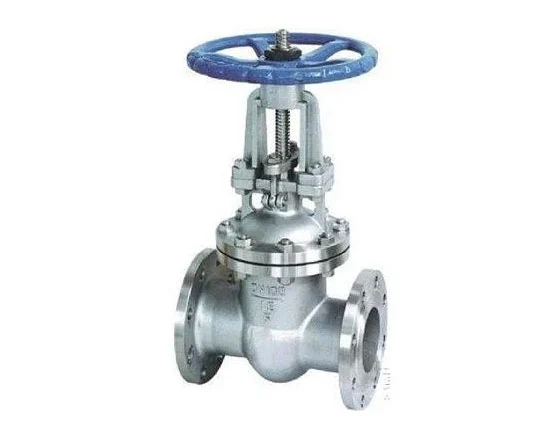en
In the intricate landscape of high-pressure systems, the role of check valves cannot be overstated. Among these, the 10000 PSI check valve stands out as a critical component ensuring seamless fluid control and preventing backflow in demanding industrial applications. This passage delves into the essential aspects of selecting and maintaining these robust valves for optimal performance.
When choosing a 10000 PSI check valve, the primary consideration is its pressure rating. Understanding the specific requirements of the system is crucial. These valves are designed to handle extreme pressures, making them suitable for applications in hydraulic systems, oil and gas pipelines, and other high-pressure environments.
The material composition of the check valve is pivotal for its longevity and performance. Stainless steel and alloy materials are often preferred for their corrosion resistance and durability under high-pressure conditions. The compatibility of the valve material with the fluid it will control is a critical factor to prevent degradation and ensure a longer lifespan.
Various types of check valves are available, including swing check valves, lift check valves, and piston check valves. Selecting the appropriate type depends on the application and system requirements. Factors such as flow direction, installation orientation, and response time are vital considerations to ensure the chosen valve aligns with the operational needs.
Correct installation is paramount to the effective functioning of a 10000 PSI check valve. Ensuring the valve is installed in the right direction, with proper alignment and sealing, minimizes the risk of leakage and enhances overall system integrity. Following manufacturer guidelines and industry standards during installation is imperative.
Scheduled inspections are key to identifying potential issues before they escalate. Routine checks should include examining seals, inspecting for corrosion, and testing the valve's responsiveness. Any signs of wear, damage, or compromised integrity should trigger prompt maintenance to prevent system failures.
To maintain optimal functionality, periodic lubrication of moving parts is essential. Lubricants help reduce friction, ensuring smooth valve operation. Additionally, cleaning the valve components from contaminants and debris is crucial for preventing blockages and maintaining the valve's reliability.
Despite meticulous maintenance, occasional issues may arise. Understanding common problems such as leakage, reduced responsiveness, or abnormal noises can aid in timely troubleshooting. Addressing these issues promptly can prevent further damage to the valve and the overall system.
Over time, even well-maintained valves may reach the end of their service life. Factors such as wear and tear, changes in system requirements, or advancements in valve technology may necessitate replacement. Regularly assessing the valve's performance against its intended function helps determine when replacement is warranted.
In conclusion, the selection and maintenance of 10000 PSI check valves are critical elements in ensuring the efficiency, reliability, and safety of high-pressure systems. By adhering to rigorous selection criteria, implementing proper installation and maintenance practices, and addressing issues promptly, industries can harness the full potential of these robust check valves for seamless flow control.
